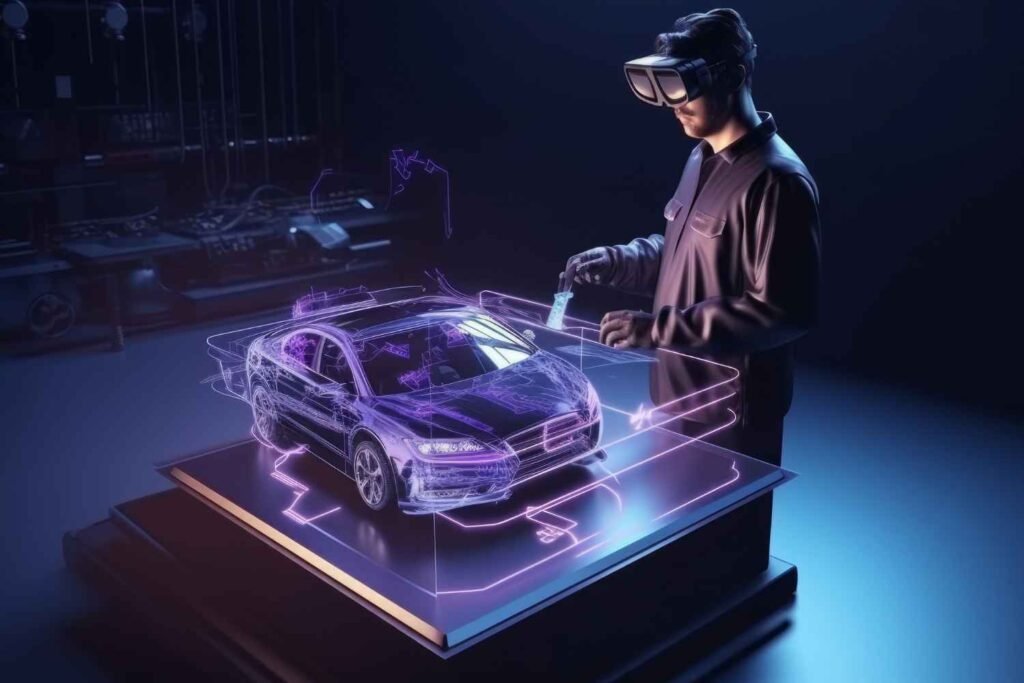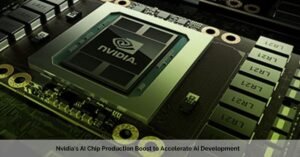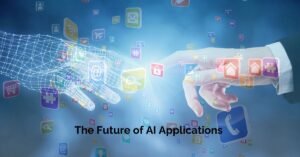
August 19, 2024

Self-driving cars, or autonomous vehicles, are no longer a futuristic concept. They are rapidly becoming a reality thanks to advancements in artificial intelligence (AI). This revolutionary technology is transforming the transportation industry, promising increased safety, convenience, and accessibility for individuals.
At the heart of every self-driving car lies complex AI algorithms. These systems process vast amounts of data from various sensors, including cameras, lidar, radar, and GPS. By analysing this information, AI enables the car to perceive its surroundings, make decisions, and control its movement.

The integration of AI into personal vehicles offers numerous advantages:
While the potential benefits of AI-powered self-driving cars are immense, there are also challenges and limitations to overcome:

The future of AI in self-driving cars is bright, with ongoing research and development pushing the boundaries of this technology. As AI continues to advance, we can expect to see:
AI is transforming the way we think about transportation, and self-driving cars are at the forefront of this revolution. By addressing challenges and harnessing the full potential of AI, we can create a future where personal transportation is safer, more convenient, and accessible to everyone.
AI is the brain behind self-driving cars. It processes data from sensors like cameras, lidar, and radar to understand the environment. AI enables the car to make decisions, such as steering, accelerating, braking, and navigating through traffic. Essentially, AI simulates human driving capabilities but with enhanced precision and reaction time.
AI is crucial for self-driving cars because it allows them to operate safely and efficiently. AI can identify potential hazards by processing information in real-time, making split-second decisions, and adapting to changing road conditions. This significantly reduces the risk of accidents caused by human error.
Several AI domains contribute to self-driving cars:








@2023-2024-All Rights Reserved-JustAiTrends.com